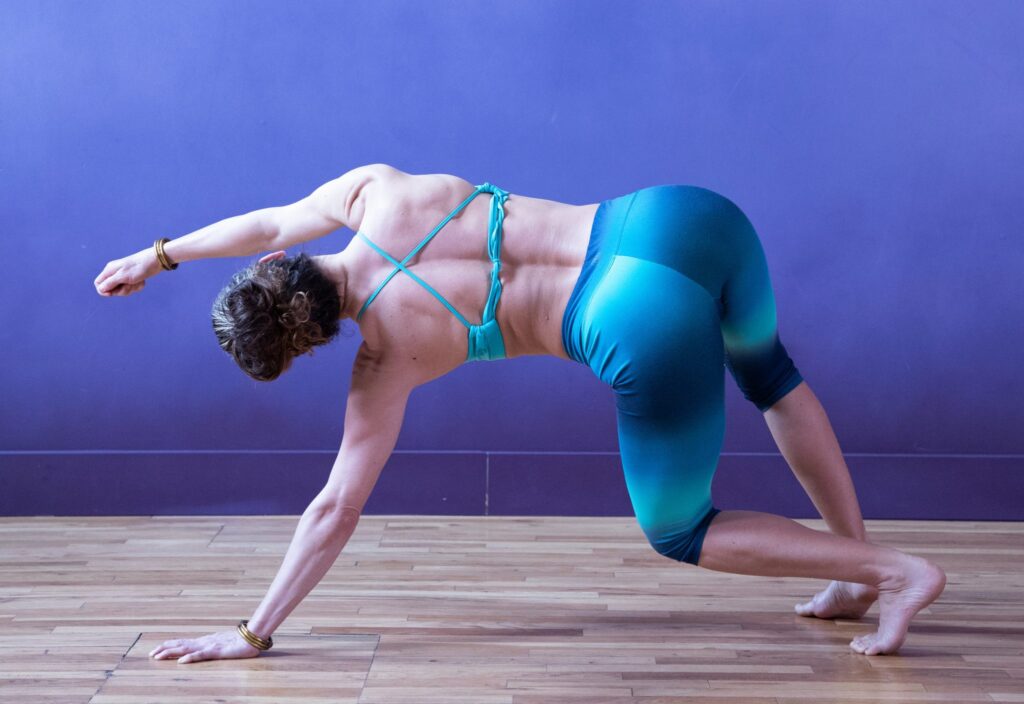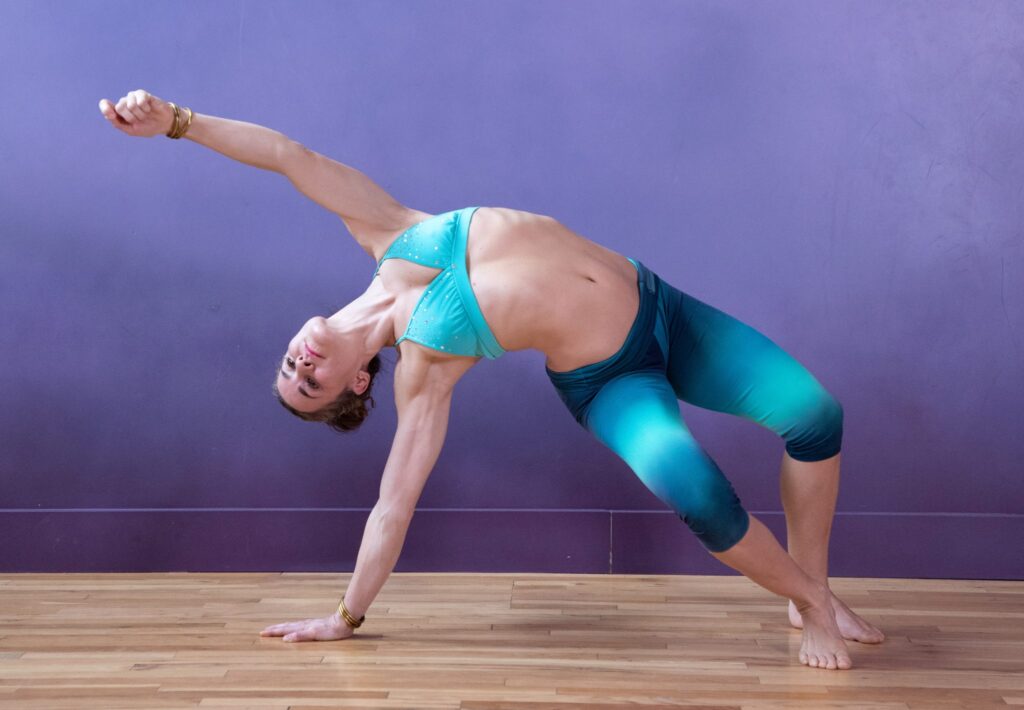What to Expect with the Bowspring Practice
After one month of regular practice of the Bowspring, new students can expect a significant improvement in their dynamic posture and an increase in a variety of benefits.

What to Expect with a Bowspring Practice?
Lightness
Energetic cleansing
Expanding self-awareness
Development of accountability, courage and compassion
In the first month of Bowspring practice students can expect to:
- Increase self-awareness of their postural patterns and psycho-emotional patterns.
- Increase mental focus, concentration, and self-control.
- Increase compassion, self-acceptance and patience for their process of awakening
Physical benefits guaranteed after a month of regular Bowspring practice:
- Decrease in chronic pain
- Increased sense of lightness
- Increased feeling of strength
- Access to a tapered waistline
- Increased nimbleness and fluidity
- Increased tactile sensitivity
Orientation Period
The Bowspring requires a minimum orientation period to understand the basics of this postural method. Orientation period usually lasts 30-40 days, with the completion of between two to four one-hour Bowspring classes/practices per week. Students are also encouraged to increase awareness of their daily posture outside of class.
Students usually notice positive changes in their postural patterns within the first 10 hours of orientation practice, especially if done within the first 2 weeks. The basic information on the Bowspring can be learned in a few hours, yet it takes time to neurologically process the new postural template of the Bowspring. To shift our default posture from our most deeply held patterns toward the Bowspring alignment requires weeks and months of regular practice.
The practice of the Bowspring, particularly in the orientation period, is not easy. There are three main challenges that new students will probably encounter in their first Bowspring experience. In synopsis, the Bowspring is challenging in the beginning because the alignment is antithetical to standard models of posture which can create confusion. It also requires doing simple movements with specific parts of the body you never attempted before. For example, engaging the back of the body can at first be trying on our patience as new neurological pathways take weeks to grow. In addition, the Bowspring reveals unconsciously held mental and emotional patterns that may initially be uncomfortable to confront.
For most new students, the first class of the Bowspring is like walking into a dark room in a house that they have never visited. The Bowspring alignment is so foreign that in the beginning orientation period of 10 hours, you may feel that you cannot see the path ahead clearly. And you are not sure if you are going in the direction of health since the new path seems very different from your previous direction.
In addition, the specific alignment and actions of the Bowspring are energetically opening, which can reveal old psycho-emotional patterns held in our default closed posture. As we start to embody an open posture, the old patterns of contraction held within the myofascia are released. Consequently, the first month is regarded as a cleansing period in which we clear old patterns that have been blocking us from optimal health. The Bowspring is movement medicine – the taste may be bitter at first, but the long-term healing benefits are very much worth confronting the initial challenges.
Each mindfulness practice of learning the Bowspring leads to expanding self-knowledge of the student’s habitual postural patterns. The pattern must first be seen and revealed by awareness in order to change it. It is a blessing to be able to see our unconscious default patterns in our body language, postures, functional movements, feelings, and thoughts. Once we see the patterns, which are unhealthy and don’t serve us, then we can choose a healthier direction. The freedom of choice can be fueled by the power of will to change the pattern. We learn to feel it, reveal it, and then to heal it. Awareness and increased sensitivity is the first step in both the cycles of learning and healing.
Practicing the Bowspring is a recalibration of deep patterns of the mind and body, and it requires time for the nervous system to assimilate these shifts. Therefore, it is not recommended to experience it for the first time with the expectation for it to feel familiar or easy. Rather, new students are recommended to take the time to complete the orientation period of two to four classes per week, over a course of one month.
The orientation period is a minimum of a month because it takes time for the body to assimilate, heal, and recalibrate the significant changes that students go through when practicing the Bowspring. Appropriate time for rest and self-nurture is also important while students are learning the powerful method of the Bowspring. Students are not expected to realize enough benefits or understanding of the Bowspring to encourage a regular practice until after the minimum orientation period of at least 10 hours of practice over a month. New students must have this time to measure their expanding awareness of postural tendencies, and to clearly observe improvement in their postural and psycho-emotional tendencies. In addition, without this orientation period, a new student to the Bowspring is unlikely to understand the method enough to continue the practice.
After the Orientation Period
After the orientation period is completed, the Bowspring becomes more and more natural as the student’s dynamic postural default. Each time we practice the Bowspring our nervous system and the surrounding myofascia are imprinted with a new level of alignment patterning. We start to see changes in the myo-fascial outer contour and shape, in addition to our psycho-emotional patterns over a few weeks. By increasing awareness of our individual postural habits, we are able to skillfully choose a more balanced alignment, thereby clearing chronic aches, pains, and other health issues. Once new students can measure and note progress in their health through the Bowspring practice, then it is difficult to consciously return to their old alignment. After the student understands the basic Bowspring form and directly experiences its healing benefits, they will naturally start to incorporate the Bowspring into any of their activities over the course of their life. Once there is clear experience of increasing self-awareness and healing in the mind and body, the student will be inspired to continue the Bowspring practice. As proficiency in the katas (mindful sequences of Bowspring movements) increases, then progress in the Bowspring practice becomes measurably quicker each proceeding month. Each day, faith in the path of self-knowing and awakening grows as we expand our awareness of both our unique and universal patterns of mind and body.

Once we experience a state of dynamic harmony and balance, we cannot deny or forget the freedom and lightness that comes along with it. Eventually, our higher self will feel unsatisfied living unconsciously and in the darkness of pain and suffering. We choose to walk a higher path towards freedom, where our daily lives are rich in joy, love, creativity, and thoughtfulness.
